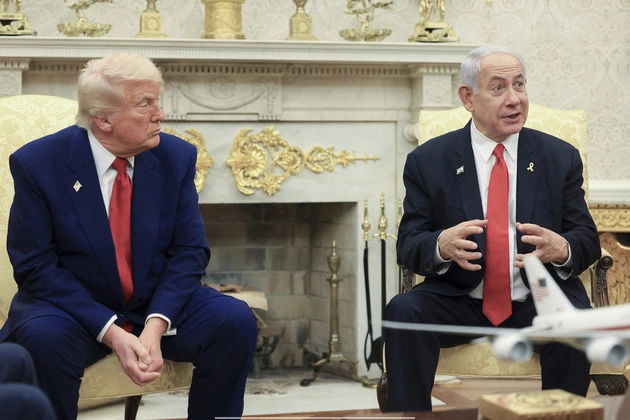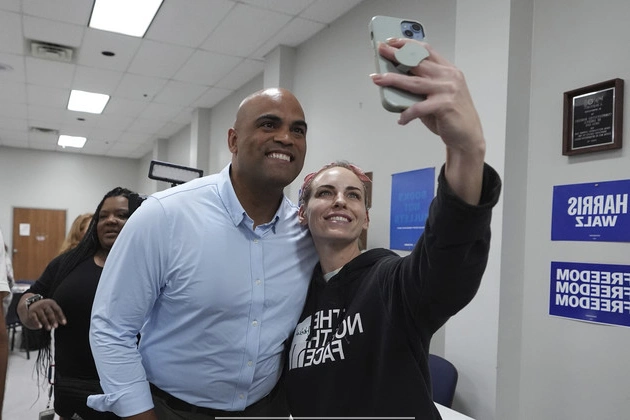
The Exodus of the Defense Digital Service
Under pressure from the Elon Musk-led Department of Government Efficiency, nearly all the staff of the Defense Digital Service — the Pentagon’s fast-track tech development arm — are resigning over the coming month, according to the director and three other current members of the office, granted anonymity to discuss their job status freely, as well as internal emails.
The resignations will effectively shut down the decade-old program after the end of April.
Origins and Mission of the Defense Digital Service
The Defense Digital Service was created in 2015 to help the Pentagon adopt fast tech fixes during national security crises and push Silicon Valley-style innovation inside the Pentagon. It built rapid response tools for the military during the Afghanistan withdrawal, databases to transfer Ukrainian military and humanitarian aid, drone detection technologies and more.
Implications of the Resignations
Without the program, some key efforts to streamline the DOD’s tech talent pipeline and counter adversarial drones will be sunsetted, one soon-to-be former employee said.
Once dubbed the Pentagon’s “SWAT team of nerds,” DDS was one of the department’s earliest efforts to inject Silicon Valley ethos into its massive bureaucracy.
Future Tech Initiatives at the Pentagon
Jennifer Hay, director of the 14-person office, plans to leave by May 1. Eleven other employees plan to take President Donald Trump’s deferred resignation package by then. The two remaining staffers are also leaving.
A Pentagon spokesperson did not comment on the resignations but said the office’s functions would be absorbed by the Chief Digital and Artificial Intelligence Office, of which the DDS is a part.
Hay said her staff initially expected to be part of Musk’s efforts to automate the Pentagon’s operations and adopt AI.
Challenges and Criticisms
Several other digital modernization efforts within the government have met similar fates. The U.S. Digital Service, which helped the government modernize its technology and attract tech talent, has now been subsumed by DOGE, amid mass layoffs and firings. A program called 18F, a technology unit within the GSA, was eliminated by DOGE as well.
Conclusion
The DDS had struggled in recent years to stay at full strength, buffeted by what employees said was political infighting, hiring freezes, travel restrictions and an increasing number of bureaucratic layers. A watchdog audit released May 2024 also found that former DDS directors had granted unauthorized waivers for certain tech tools. But every employee interviewed said they wouldn’t have left if it wasn’t for DOGE.
One former senior Pentagon official, who asked not to be named because of possible retaliation, described DOGE’s wider incursion into the Defense Department as damaging and unproductive.
At the DDS, “The best way to put it, I think, is either we die quickly or we die slowly,” Hay said.











